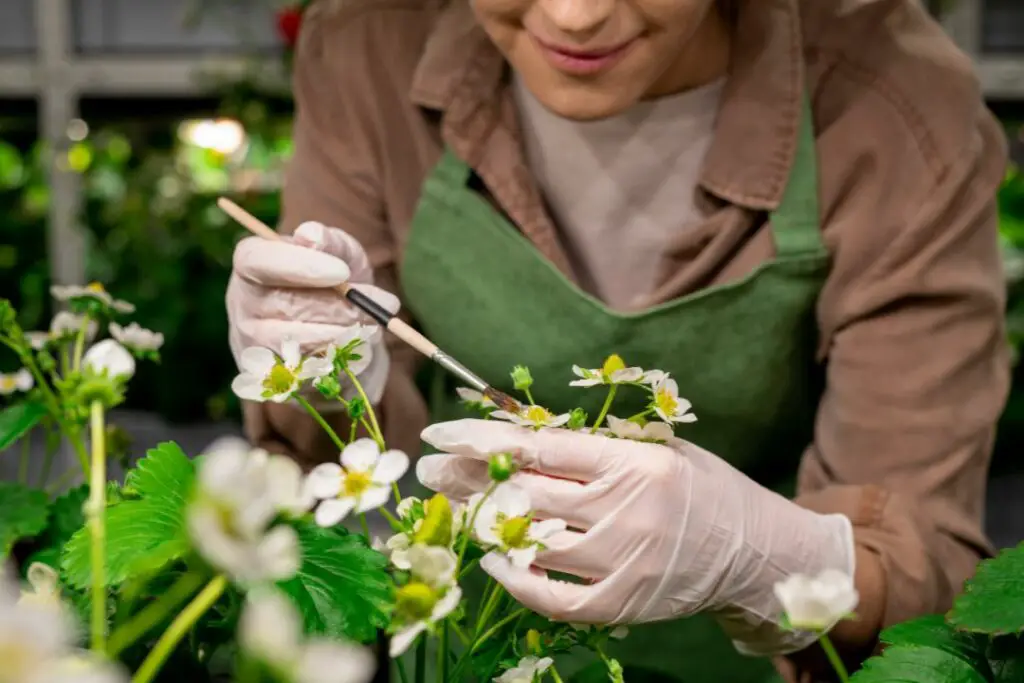Last updated on September 28th, 2023 at 02:57 pm
Bees are struggling to pollinate! Pollinators such as bees, insects, and butterflies play an important role in maintaining the health and productivity of ecosystems. In fact, 75% of crops grown around the world for human consumption are reliant, at least in part, on pollinators.
Unfortunately, bee populations are under pressure due to factors such as climate change, habitat loss, and the use of pesticides. The European honeybee, in particular, is being badly affected by a parasitic mite called varroa destructor.
To address this issue, Israeli firm BloomX has developed a plant-pollinating machine that works by dislodging the pollen, allowing farmers to mechanically pollinate crops in a similar way to bees.
BloomX’s technology is currently aimed at two crops – blueberries and avocados – and allows them to be pollinated even if local bee numbers are very low.
Robee
The firm’s main product is called “Robee”, which at first glance looks like a large push-along lawnmower, and has two mechanical arms that stick out either side. When activated, these devices mimic the vibrations of bumblebees—blueberries’ top pollinators—causing the plants to shed their pollen. Bumblebees naturally use their wings to shake the blossoms.
Crossbee
BloomX’s other product is “Crossbee”, a handheld tool for collecting and spreading sticky pollen grains between avocado trees. To date, the equipment is being used in South America, South Africa, Spain, the US, and Israel, and BloomX says it can increase fruit yields by 30%.
Both products are controlled by an AI-based software system linked to a mobile phone app, and each is fitted with a GPS tool so that farm workers know which areas of a field have been treated. Sensors can also be put in place so that the pollination takes place on the optimum days.
In California, the cultivation of almonds is a huge business, and the industry is worth an estimated $10.4bn a year. For the almond flowering season, honeybees are transported from all over the US to cover the vast 1.3 million acres of almond trees in California. It’s believed that around 70% of the US’s commercial honeybees make this journey. Exploring artificial pollination could be a solution to this demand.
Another Israeli tech firm, Edete, has developed machinery to collect and apply pollen and can store pollen for several years without it deteriorating. The core of its technology is its ability to bring the best pollen at the best time for the flower to get pregnant. So far, Edete’s technology is mainly being used in California on pistachio fields, but they are also now starting on almonds.
Artificial Pollination is Not The Solution
While artificial pollination may be able to help address the decline in bee populations, conservationists warn that it is not a solution in and of itself. They argue that it is important to address the root causes of the decline, such as habitat loss, climate change, and the use of pesticides. Additionally, artificial pollination may not be as effective as natural pollination, as it may not result in the same level of biodiversity or ecosystem service.
In conclusion, while artificial pollination may offer a solution to the decline in bee populations, it is important to address the root causes of the decline and to consider the potential drawbacks of relying solely on artificial pollination. Conservation efforts should focus on preserving and restoring habitats for pollinators and reducing the use of harmful pesticides, to ensure the long-term health and productivity of ecosystems, and to maintain food security for humans.





